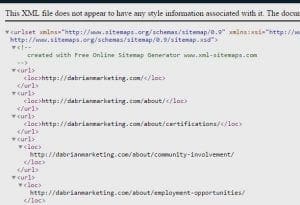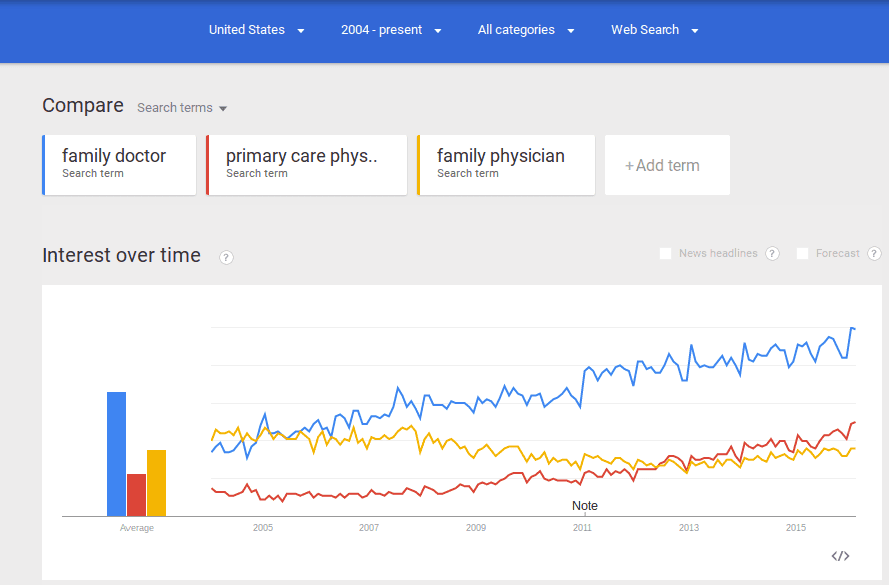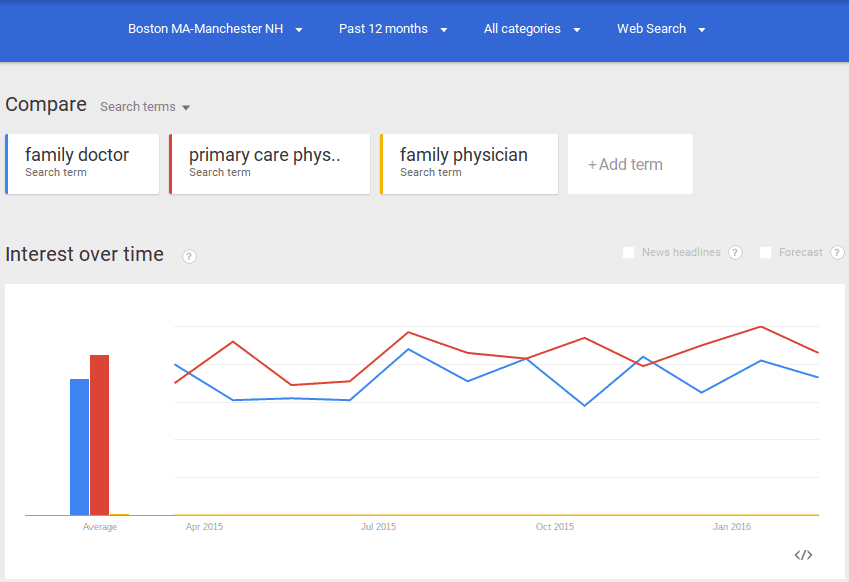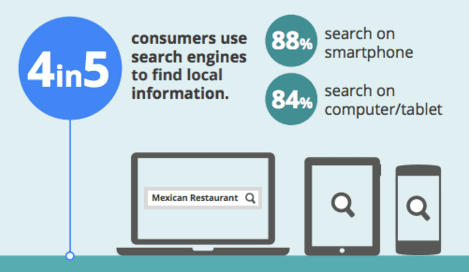In the film Field of Dreams released in 1989, Kevin Costner is famously told, “If you build it, he will come.” While this may hold true when it comes to attracting Shoeless Joe and the rest of the 1919 Black Sox team to your Baseball field, it does not apply to attracting visitors to your website.
Eh, not so fast there, Ray. Without proper Search Engine Optimization (SEO), not many people are going to come. Designing a website that is aesthetically pleasing is not the be-all and end-all for an effective digital marketing campaign. It’s merely the first step. Without SEO, you have a better chance of Joe Jackson actually wearing shoes than your customers finding your site. Below are five reasons why SEO and Web Design are needed together for your site to perform well.
1. SEO Basics: Tags, Titles, and Descriptions
Sticking with the Field of Dreams theme, let’s say your potential fans that attend your ballpark are equivalent to those using search engines. How are they supposed to find your new park if no one has heard about it or can find it? Tags, Titles, and Descriptions (TTD’s) along with content tell search engines what the pages on your site are about. Below is an example of proper implementation of TTD’s for this blog specifically (blog inception).
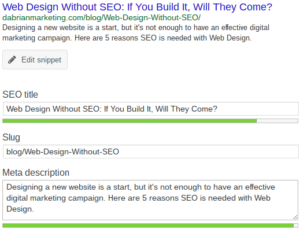
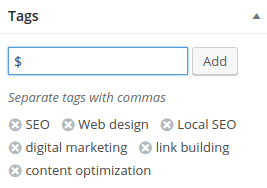
The keywords you intend a specific page to rank and draw traffic for should be represented within the TTD’s. For example, this blog’s main points of interest are SEO and Web Design, so those keywords are placed within all aspects of TTD’s and the content naturally (non-spammy). Don’t forget to include any other related sub points (digital marketing, link building, local SEO, and content optimization) wherever you see fit.
2. Content is the Experience
Just as sports venues are judged off of the overall experience they offer, so is your website. The content on your site not only helps people find your site, but it ultimately dictates the user’s experience. Great content means a better chance the user will perform an action beneficial to your business. Whether that means fill out a contact form, share your site via social media, or purchase a product, none of those are likely to happen without the right content for your audience. With that being said, content is not a once-and-done event. In fact, search engines actually prefer sites with fresher and more up-to-date content. That’s why it’s a great idea to start a blog and to write about topics relevant to your audience. Not only with this further establish your business as “in the know” within your industry, but it also allows you to place more of the keywords you wish to rank for on your site.
3. Technical Issues: Take Care of Your Ball Park
When sports teams build new stadiums, they don’t just leave it alone, do they? No, of course not! Constant maintenance is required to ensure everything looks perfect and that it functions properly. This is the same when designing a website. Technical issues are bound to happen. If these aren’t taken care of, it could potentially have a negative impact on your user’s experience. That ultimately translates to a decrease in rankings, leads, and worst of all, sales.
4. Local SEO: Where are you?
- Having your business name, address, and phone number consistent on all pages of your website (NAP).
- Be listed on major local listing platforms such as Google My Business, Facebook and Bing Places
- Use local Business Schema markup.
- Use local keywords in your URLs, TTD’s, and content, where appropriate.
5. Link Building: Generating Buzz
Link building or link earning is a huge part of SEO. When search engines evaluate your site to determine where you rank for a specific subject, they don’t only look at your TTD’s or content, but also the other sites linking to you. The more reputable industry related pages linking to you, the better your site will perform. To put it in sports terms, links represent fans and leading figures within the sports realm. Here is how to rank them:
- Fans: Fans telling other fans about your ballpark represent low level links from either directories or sites with low domain authority.
- Local Sports reporters: These represent the middle level links. These are trusted sites in your area, such as the Chamber of Commerce or a local business directory.
- Major league coverage: These represent the top level links from industry leaders. For example, a link from MOZ would be huge for a digital marketing agency such as ourselves
So what’s the best approach to earning these links? Well in the past, many people obtained links via “black hat SEO” methods, all of which now result in a penalty according to Google’s link scheme guidelines. Your best (and safest) bet is by creating great, original content and developing authentic relationships with those within your industry. The goal is to naturally earn high quality links.
Conclusion
An effective digital marketing campaign needs both a well designed website, along with proper SEO. So when it comes to digital marketing, If you build it (and continually optimize it), they will come.
For more information about SEO, Web Design, and the other Digital Marketing Services we have to offer, contact us or leave us a comment below!
By: David McDowell

